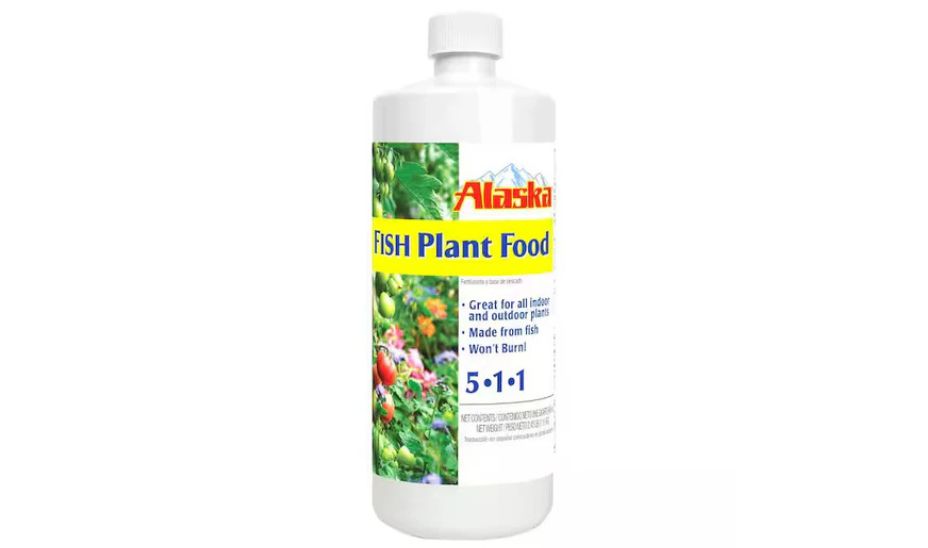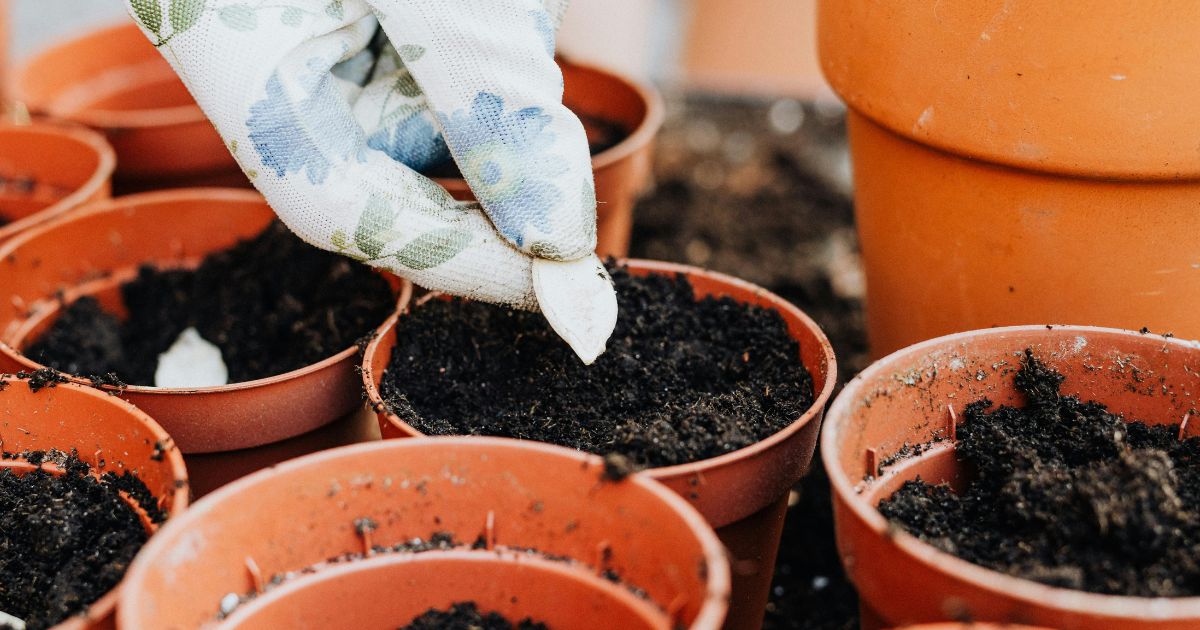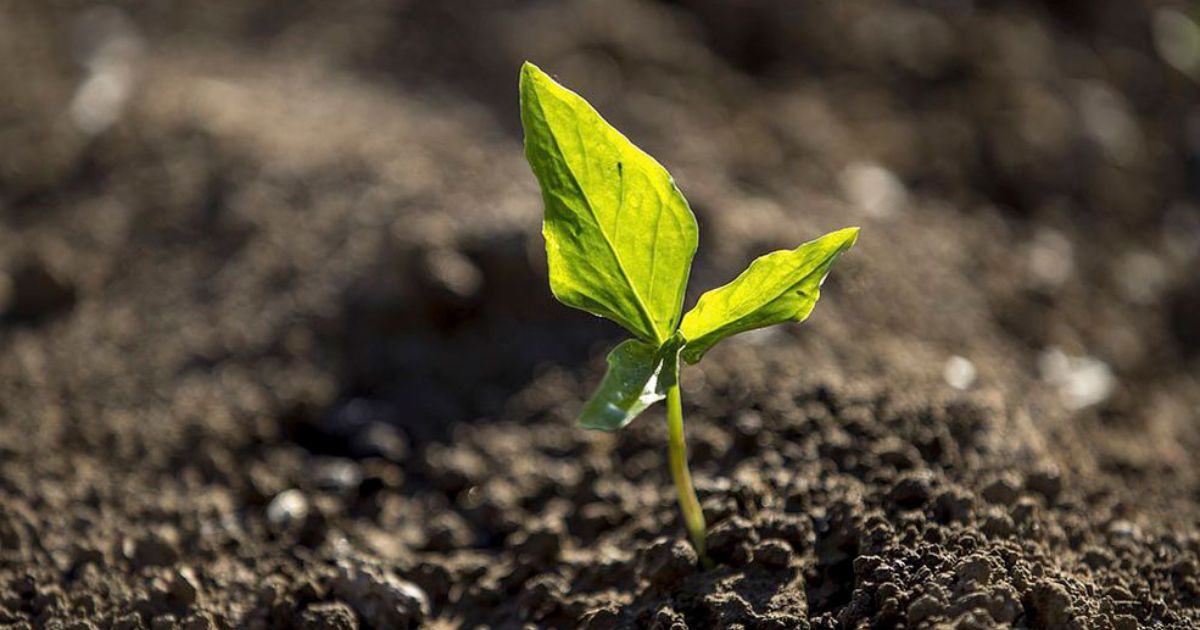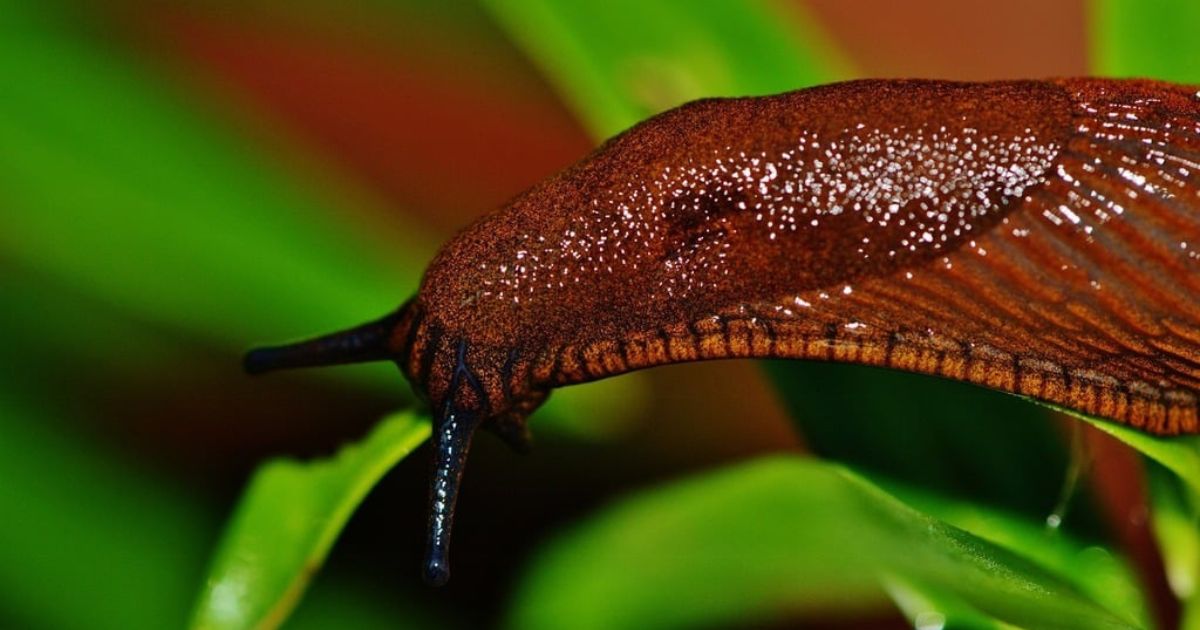Understanding Bolting: How to Prevent and Manage It
Bolting, also known as “running to seed” or “going to seed”, is when a plant prematurely produces a flowering stem before it’s harvested. This happens when a plant redirects its energy from growing leaves and roots to producing seeds and a flowering stem. This usually happens when the plant is trying to produce seeds as a survival mechanism in response to environmental conditions like changes in day length, temperature, or stress.
For leafy greens and herbs, bolting is generally undesirable because it makes the plant taste bitter and the leaves less tender. However, for plants like lettuce or herbs, it means they’re going to seed, which can be useful if you want to collect seeds for future planting.
Crops Prone to Bolting
Crops that are prone to bolting include lettuce, spinach, fennel, basil, beetroot, celery, onion, and leek. Outside of basil, these are particularly prone to bolting because they are cool-season crops that react strongly to changes in temperature, day length, and stress conditions. High temperatures, longer days, and insufficient watering can all lead these plants to bolt prematurely.
Causes of Bolting
Bolting can be triggered by several factors:
- High temperatures: Like a sudden heatwave, can cause plants to bolt by signaling them to flower early.
- Daylight changes: Plants are sensitive to the length of daylight, so changes in day-length can also prompt bolting.
- Stress conditions: Insufficient water, poor soil nutrients, or overcrowding can stress plants, leading them to bolt as a survival mechanism.
- Cold snaps: Unexpected cold snaps can cause plants to bolt as well, especially if they’re not suited to those temperatures.
How to Prevent Bolting
Preventing bolting involves managing the plant’s environment to reduce stress and promote steady growth:
- Planting timing: Plant cool-weather crops early in the spring or late in the summer to avoid the heat.
- Shade cloths: Use shade cloths during hot spells.
- Consistent watering: Keep your plants consistently watered.
- Mulching: Mulching can help retain moisture and regulate soil temperature.
- Staggered planting: Plant small batches of seeds at staggered intervals rather than all at once to ensure continuous harvest and less risk of bolting.
- Proper fertilization: Ensure your soil is well-fertilized but don’t overdo it, as excessive nitrogen can lead to rapid growth and bolting.
- Thinning: Thin your plants to avoid overcrowding, which can reduce competition and stress.



